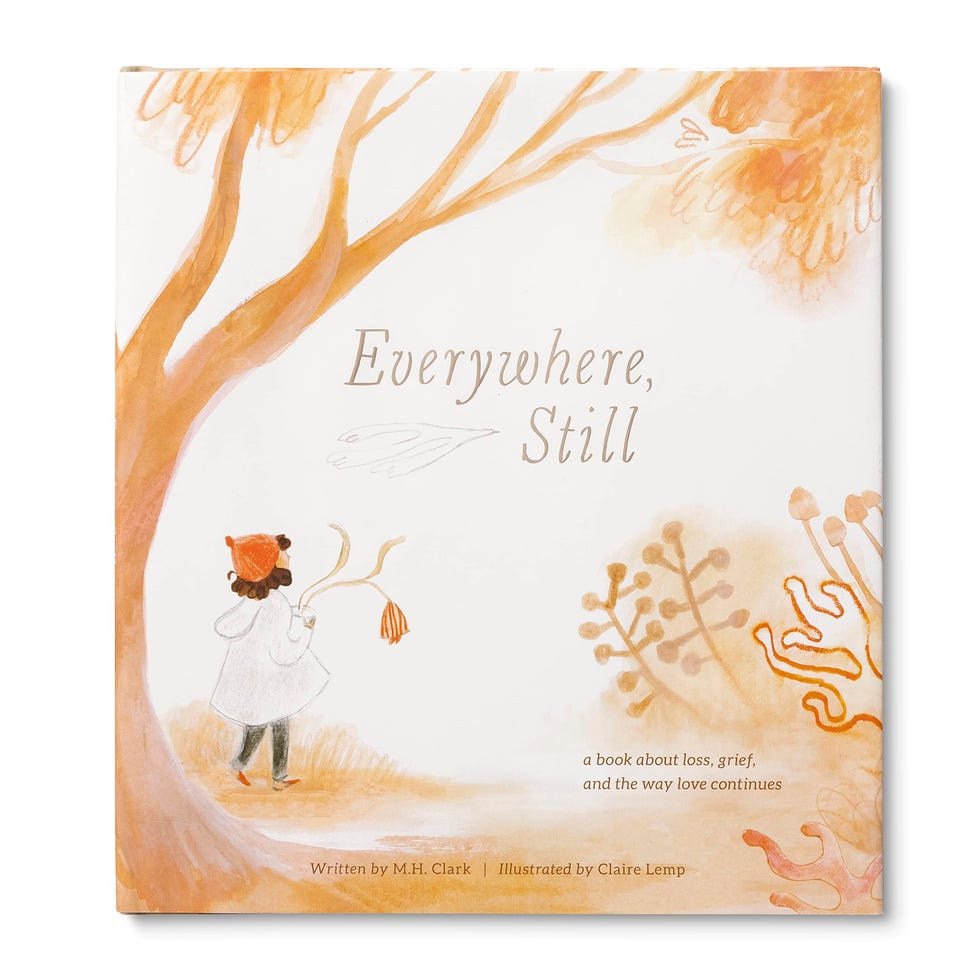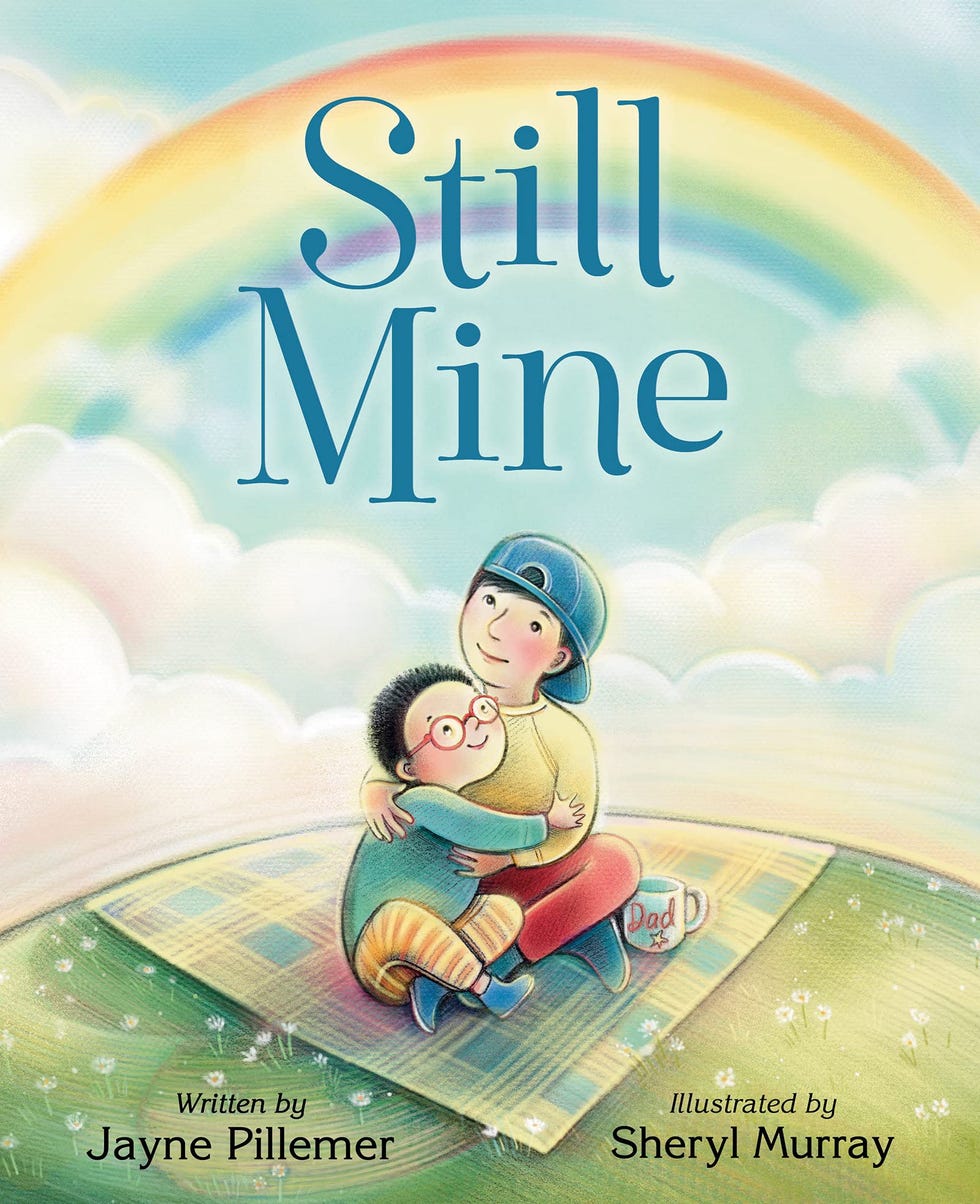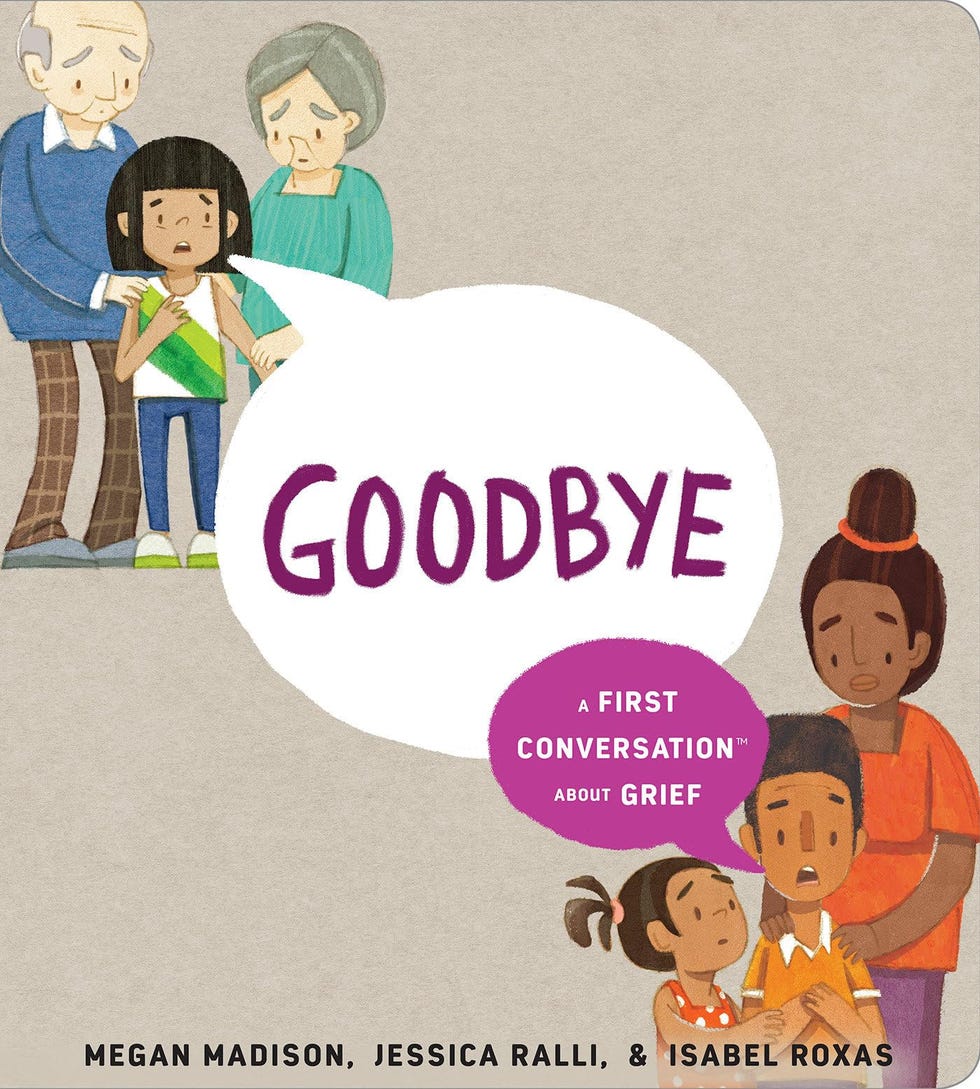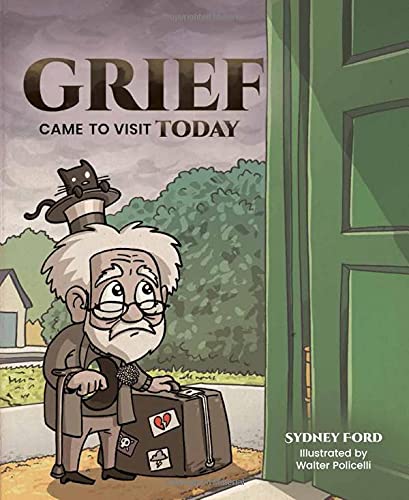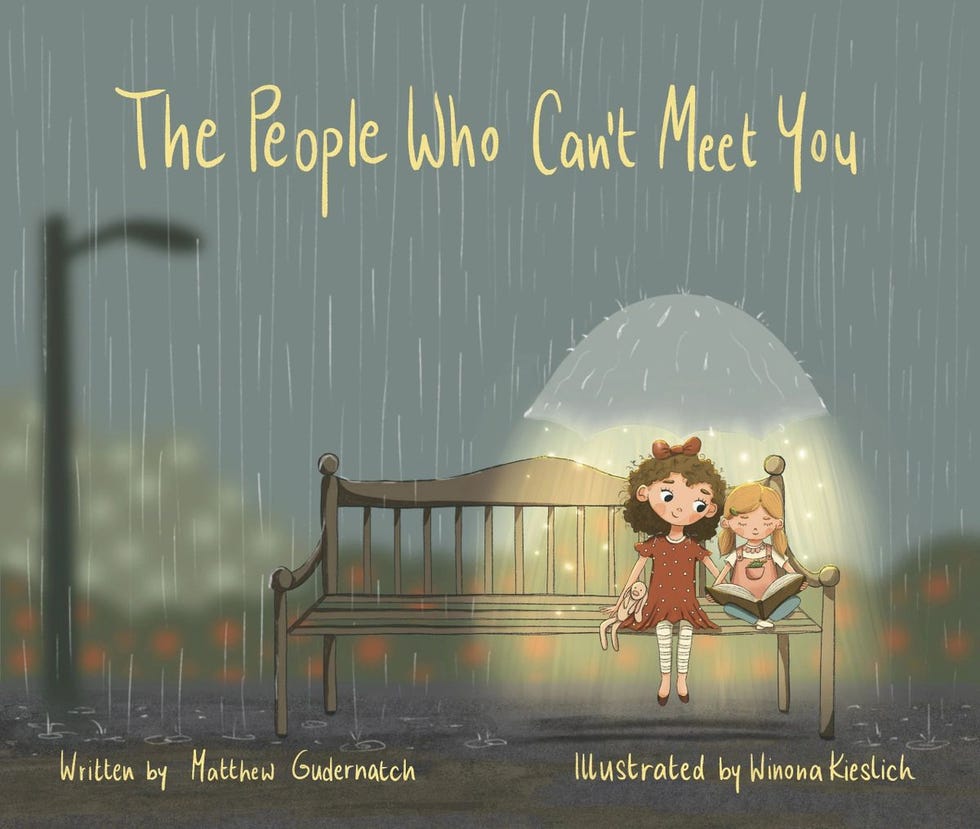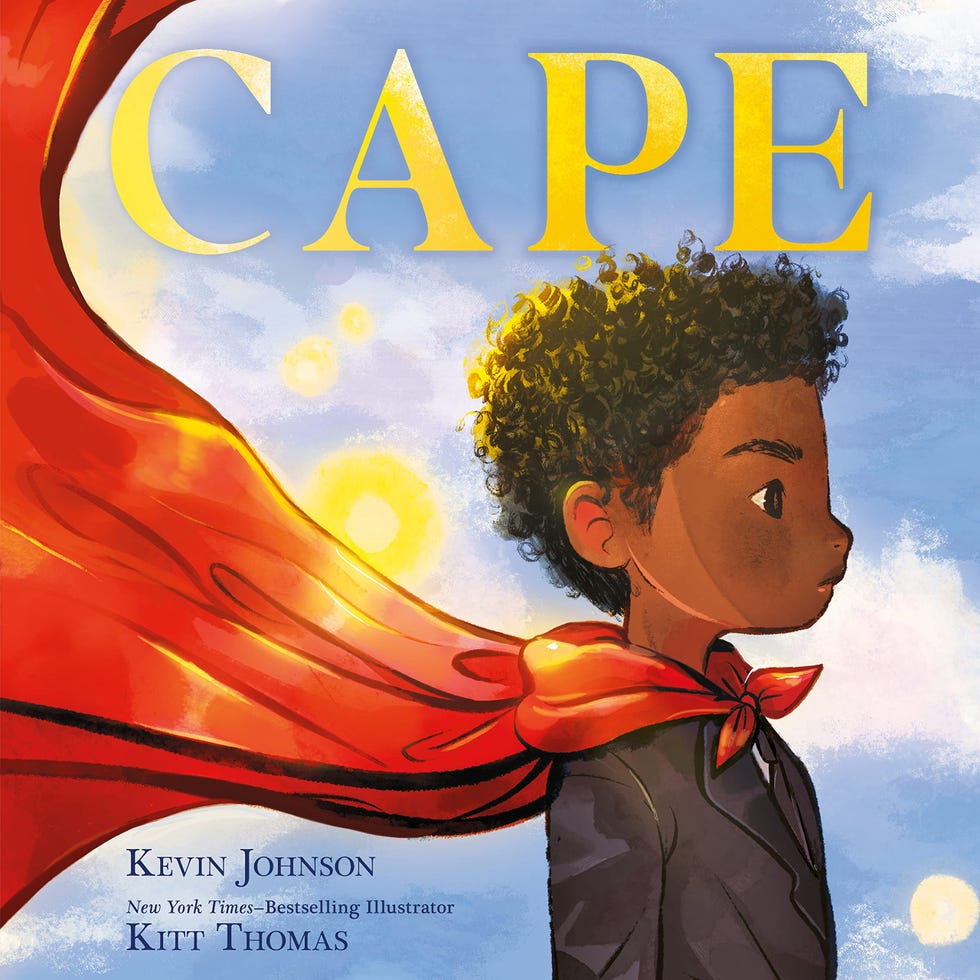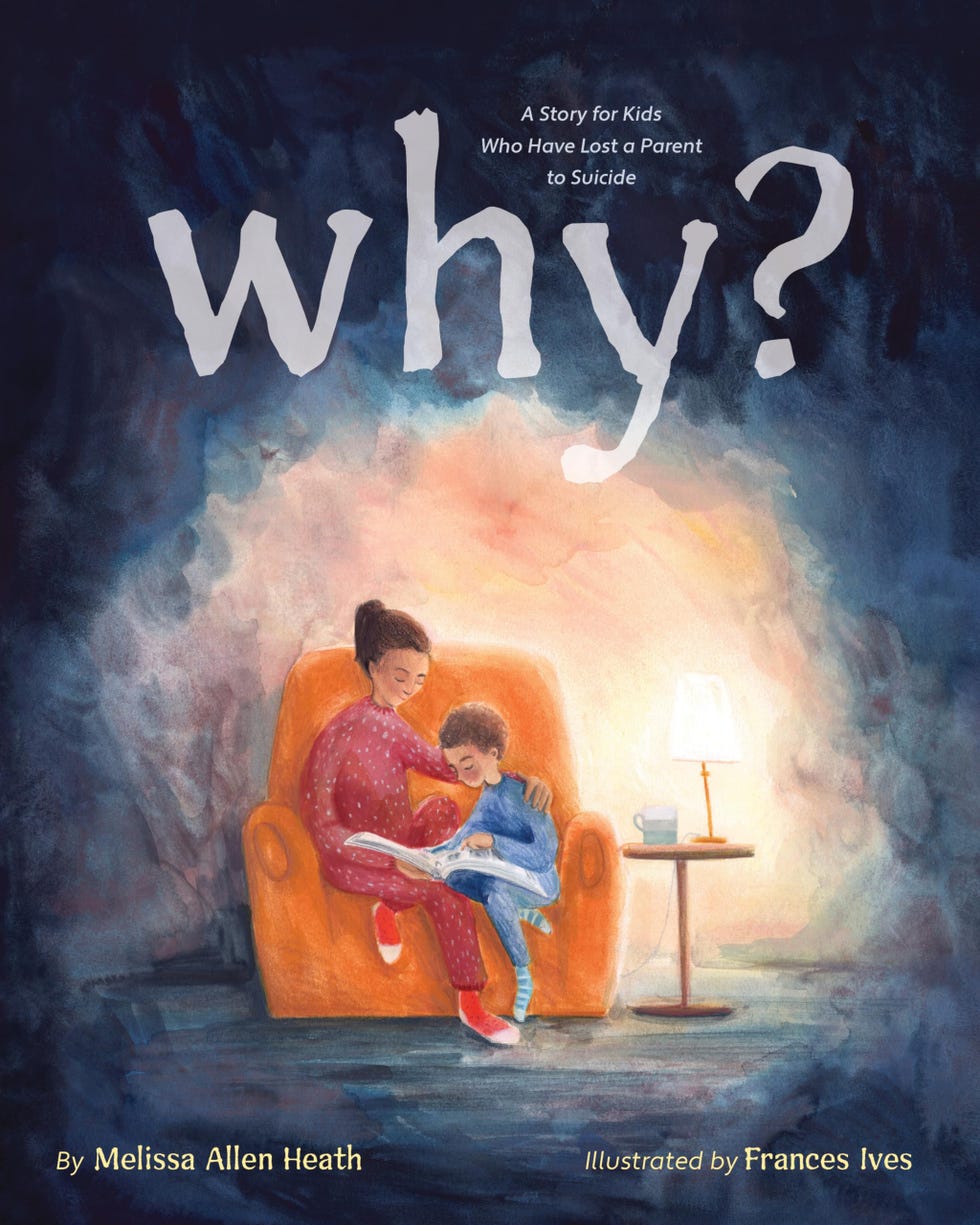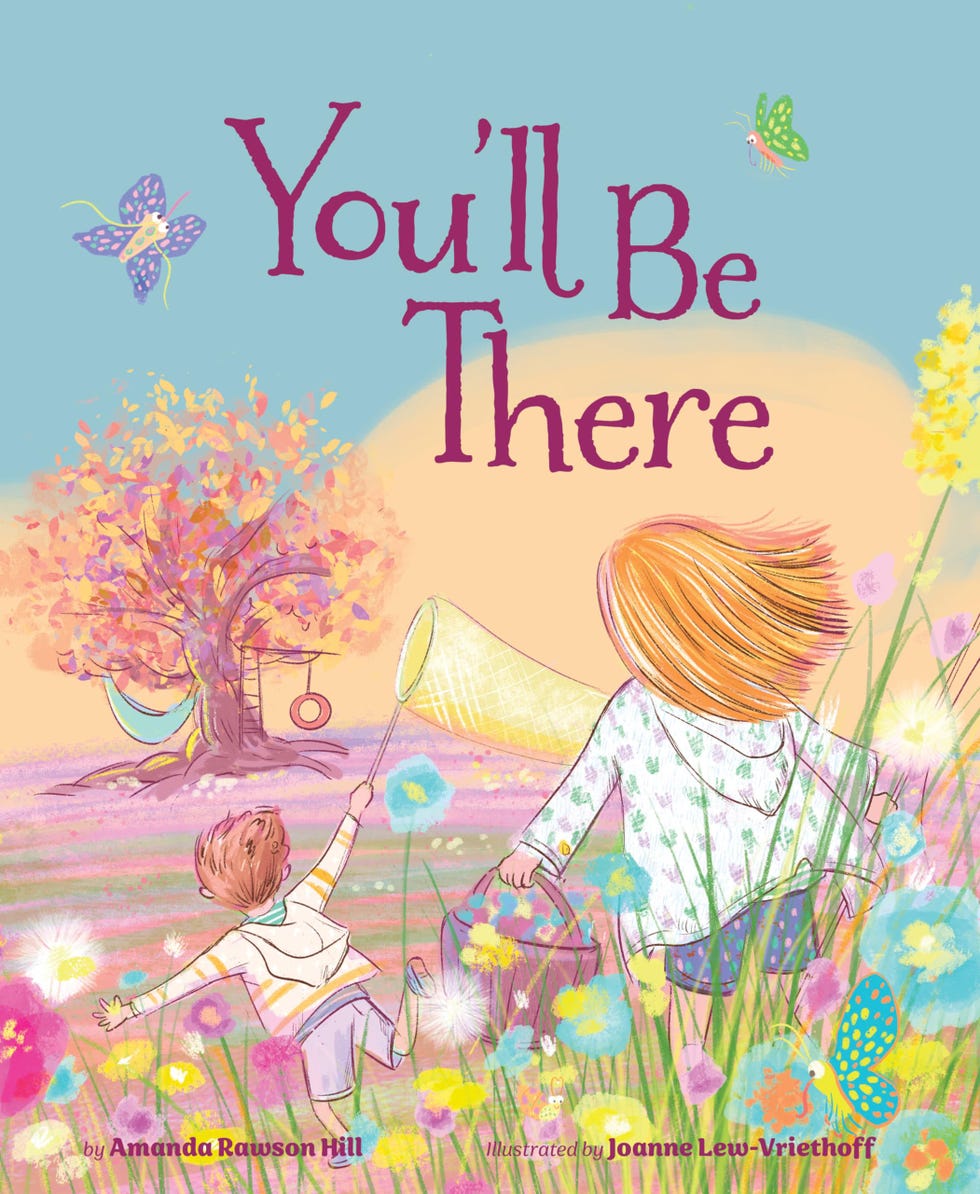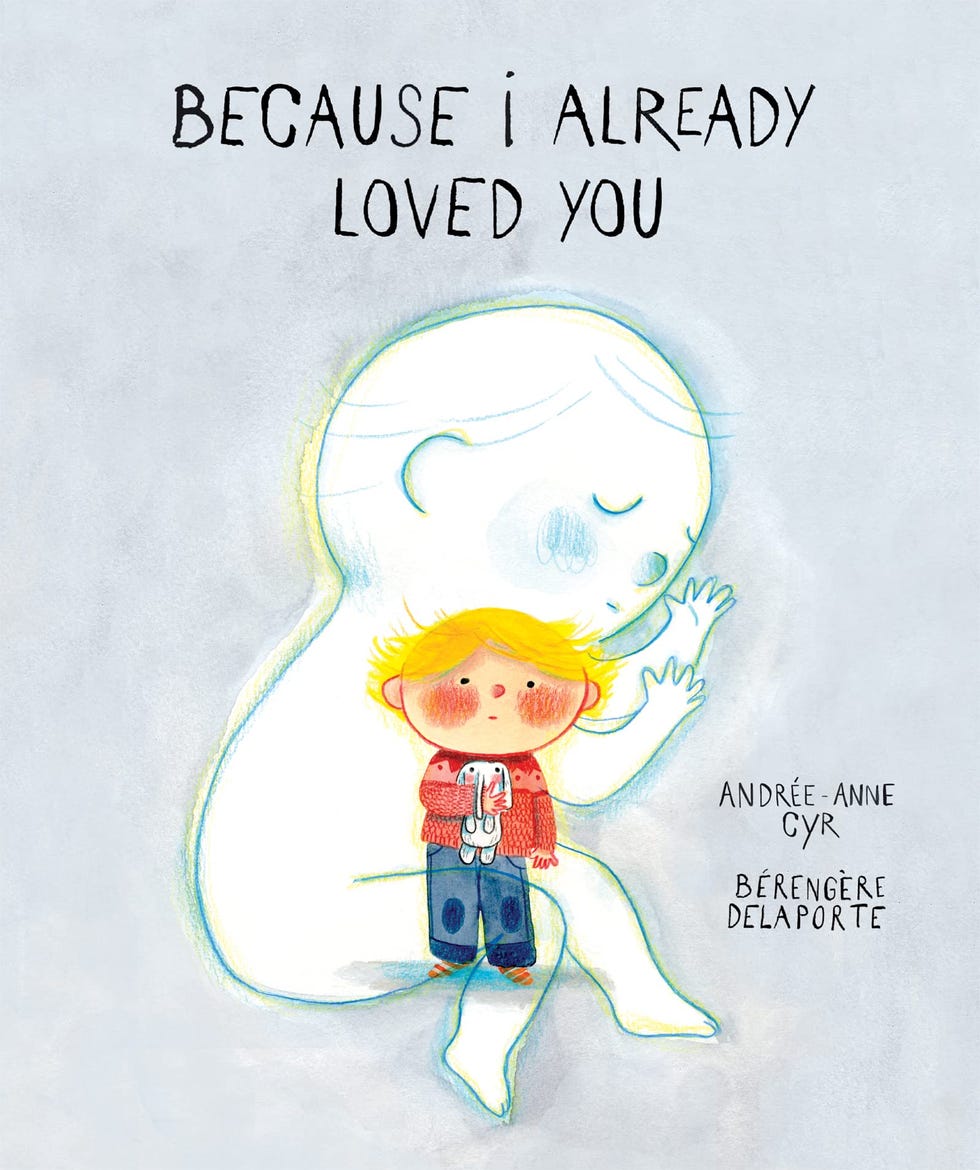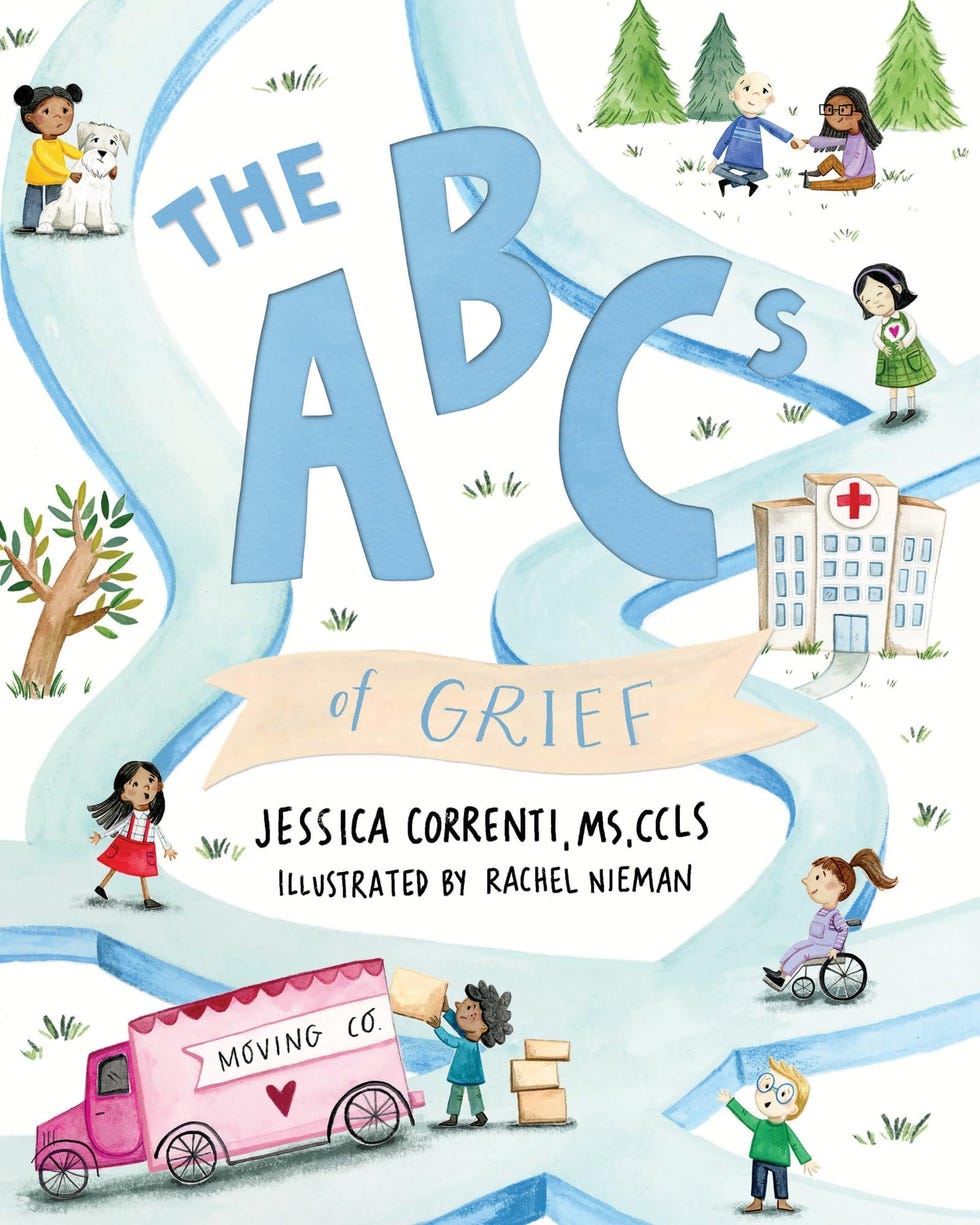When a child experiences the death of someone close to them, adults often feel at a loss as to how to help. They want to do something, but fear saying or doing it wrong. Children’s books can be an invaluable resource, literally giving the adults the words and tools to guide them through this foreign experience.
As a Certified Child Life Specialist who focuses on supporting grieving children and families in my private practice, I frequently get asked, “What’s the best kids’ book on grief?” The truth is, just as there is no universal experience of grief, there is no universal grief book that covers every aspect of loss and every child’s needs. Grieving children will benefit from having a variety of different complementary books to guide them through different emotions and stages of the experience. Some books may fit the bill better than others depending on factors like the child’s individual background and personality, their grief situation, and the actual content of the book. Here are ten new children’s grief books that I find helpful.
What Does Grief Feel Like? by Korie Leigh, Illustrated by Mike Malbrough
This non-fiction children’s book explores the emotional, physical, and experiential changes that can occur after a loss. Caregivers reading the book with a child will find comfort in the prompted questions woven into the story and the additional guidance in the back of the book with common age-based grief reactions, expressive activity options, and resources for further support. While this book primarily centers on the experience of grieving the death of a loved one, it could also be beneficial for children ages four to 10 years old coping with non-death losses.
Everywhere, Still, by M.H. Clark, Illustrated by Claire Sahara Lemp
Light, whimsical illustrations guide the readers through the feelings of yearning after loss by following a young girl through her inner thoughts and feelings. “I miss you and I love you. I know I always will.” It is never said what or who is no longer in the girl’s life, making this book adaptable for a variety of loss types. This picture book would work well for death losses and ambiguous losses like separation due to military deployment, foster care, moving, incarceration, immigration, and any other situations in which a child is separated from a loved one. Clark weaves together the duality of pain and love residing within the experience of loss, offering the griever a sense of hope and connection without minimizing their pain. Best for ages three to nine years old.
Still Mine, by Jayne Pillemer, Illustrated by Sheryl Murray
This fictional book follows many different children as they create beautiful memories with their family members before they died.
The children collectively voice, “Now you are gone and I can’t come along. I didn’t even get to say goodbye.” Those children reflect on their meaningful memories and wonder about some very real, raw questions. Are they still mine? Who will sing the songs? Make their special treat? Kiss my cheeks? Children ages four to nine years old experiencing any type of death will find the hopeful message that our loved ones are still ours forever.
Goodbye, by Megan Madison, Jessica Ralli, & Isabel Roxas
As the book’s subtitle, “A First Conversation About Grief” suggests, this illustrated nonfiction guide offers an entry point into difficult conversations around loss, answering questions that every grieving child is sure to ask and which many adults struggle to answer. What is death and grief? What happens when we die? What does grief feel and look like? How can we help ourselves and others through grief?
In clear concise, concrete language the coauthors address these questions head-on, bringing in various viewpoints, cultures, races, and beliefs. Perfect for children ages two through eight years old who are experiencing death for the first time, this book teaches children (and reminds adults) that there is no “right or wrong” way to grieve.
Grief Came to Visit Today, by Sydney Ford, Illustrated by Walter Policelli
Grief comes knocking on the door, unexpected and uninvited. This unknown man in gray, with a hole in the center of his body, comes with a suitcase full of emotions after the death of a little girl’s grandmother. This man, Grief, introduces the little girl to many emotions that are felt while grieving including shock, anger, sadness, fear, jealousy, confusion, overwhelm, guilt, and happiness. The character, Grief, teaches children ages four and up that all their feelings are valid and normal while also giving a sense that over time, emotions will feel lighter and easier to carry.
The People Who Can’t Meet You, by Matthew Gudernatch, Illustrated by Winona Kieslich
This rhyming book addresses the painful reality that we all have certain people who never had the chance to meet us. Perhaps it was a parent, grandparent, sibling, aunt, or another who died before a child was born. Integrated into the playful words is the message that those people reside within us through all of life’s ups and downs. Caregivers with children ages three to nine years old will likely find this book to be a bittersweet companion to help their children navigate grief related to someone they never met.
Cape, by Kevin Johnson, Illustrated by Kitt Thomas
A young boy prepares for a family member’s funeral and adds an accessory on top of his formal suit–his cape. “Memories make my swallow hurt. I block them with my cape,” he explains. Though at first, he isn’t ready to face his memories (and the complicated feelings that come with them), eventually they involuntarily bubble up from beneath the cape. The boy finds that these memories provide a connection to his loved one who died and a hopeful feeling for the future.
Why? by Melissa Allen Heath, Illustrated by Frances Ives
In this “story for kids who have Lost a Parent to Suicide,” a mom shares all the ways in which her son Oliver’s Dad loved him unconditionally. The Mom candidly explains suicide to her son, telling him “Daddy had a serious illness called depression. Daddy died by suicide. Daddy made his body stop working.” The book addresses common misconceptions, such as assuring the child that it was not anyone’s fault, that you can’t “catch” depression, and that his dad wanted to get away from the dark feelings, not them. Best for children ages four years old and up.
You’ll Be There Amanda Rawson Hill, Illustrated by Joanne Lew-Vriethoff
This picture book takes the reader on a playful adventure through illustrations, sharing how grief shows up in memories, thoughts, and traditions throughout the year. “In June when I’m jumping in the pool. In July, when the fireworks unspool. I’ll carry you with me into every dash, every splash, every crash.” The book gently encourages children and families to bring loved ones who died into present-day traditions and reflections, keeping their memory alive. The pages are full of joy, while also acknowledging the yearning and wonder of what could have been. This book is a wonderful invitation to explore the seasonal shifts of grief for children ages three to nine years old.
Because I Already Loved You, by Andrée-Anne Cyr, Illustrated by Bérengère Delaporte
In this illustrated story, a young child eagerly awaits the arrival of their baby sibling and is full of questions and feelings after the parents share that the baby died at birth. The parents give clear, factual information about what happened to the baby, dispelling the child’s misconception that their sibling will be “back in a little while.” Before the parents go to the hospital, the child joyfully shares their pre-baby experiences and preparations—feeling the baby in mommy’s tummy, painting the nursery, and dreaming of all the sibling adventures ahead. The book is specifically about stillbirth but would be perfect for children ages three to eight years old who have experienced the death of a sibling related to any pregnancy loss.
Jessica Correnti is a Certified Child Life Specialist, Grief Specialist, and author of the children’s books Forever Connected (a children’s book for bereaved siblings), The ABCs of Grief, and the forthcoming book The ABCs of Grief: Emotions & Feelings. Jessica has a BA in Education of Young Children, a minor in Psychology, and a MS in Healthcare Administration and Community Health. Her private practice, Kids Grief Support, provides virtual and in-person sessions to grieving children and families across the globe through therapeutic activities and support. Jessica also collaborates with businesses and individuals creating children’s grief materials or programming for content expert consultations.
This post was originally published on here


